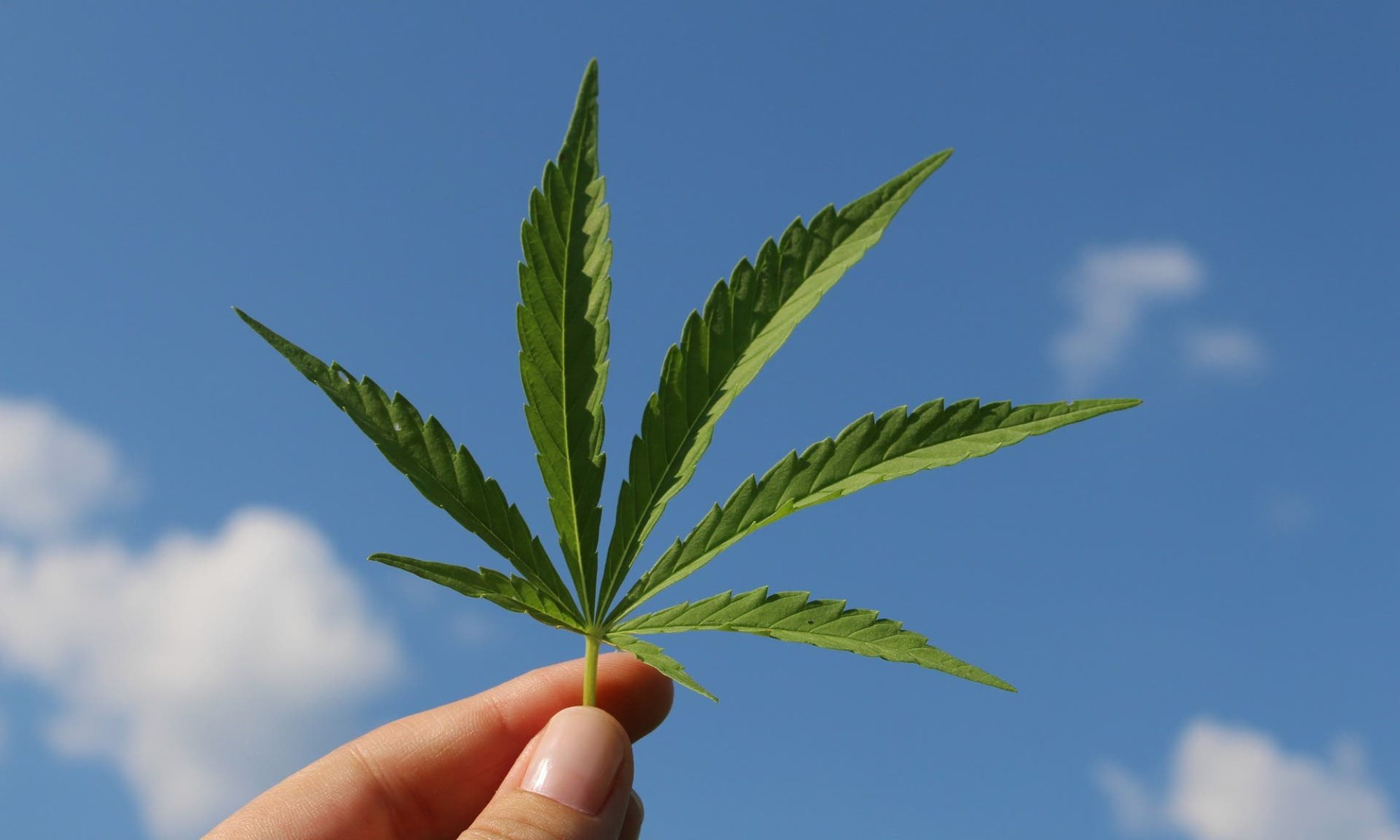
Tips On How To Grow A Healthy Marijuana Plant
Regular cannabis seed grows are the most common and popular type of seed. Regular cannabis seed plants are completely natural, organic marijuana seedlings that have never been genetically altered or chemically manipulated in anyway. They are normally bred from female and male parents and make up about 50% female and 50% male offspring.
Despite the popularity of female-sperm cannabis seeds, many breeders still offer regular cannabis seedlings. Regular seeds provide the same genetic traits at a much lower cost than their female counterparts and usually do a much better job of keeping all the desirable qualities of each parent strain.
Most regular cannabis seedlings are produced by the feminization of female cannabis plants in order to create a hybrid, cross-bred offspring. The more desirable characteristics of the female can be diluted in order to make the cross-breed offspring look as close to their true parent strains as possible. Cross-breeding these cross-bred offspring with other hybrid cannabis varieties produces new strains that are often bred in the hope of achieving some unique trait or characteristic.
Regular cannabis seed growers may choose to grow their cannabis plants indoors for most of the growing season or grow them outdoors in the garden. Regardless of where you chose to grow your cannabis plants, it is important to realize that indoor gardening can have adverse effects on your plants if not properly cared for.
The growing conditions of a regular cannabis plant depend largely upon the type and stage of growth you are trying to achieve. For example, indoor growing requires higher humidity and temperatures, while outdoor cannabis plants tend to need more sun, less heat and air movement.
The time between planting and harvesting for regular cannabis plants is also different than indoor gardening. Harvesting for many traditional gardens can take weeks, but for many growers this time frame is only a few days.
Harvesting times are affected by the type of soil, sunlight exposure, temperature, nutrient availability and humidity. This is why many growers prefer to harvest their cannabis plants early in the morning when the sun has already begun to rise.
When harvesting your cannabis plants, it is extremely important to remember that this is a process that you will repeat many times during the life of the plant, which means that the soil should be well drained of water. if there has been some water content in the soil during the growing season. Also, do not forget to remove the soil when you are cutting the stems.
Harvest your plants when the tops have just begun to turn purple. A typical cannabis plant should begin to show these changes about two weeks after flowering. The purple coloration of the buds and leaves may vary according to the individual strains of the plant, but many of the common strains of cannabis will have a brown, grey or green appearance. When you are ready to cut the stem(s) the plant should be able to stand upright.
Cut the plants from the ground and place them into your growing bin or plastic container and set them up in a dark, dry and warm area. This will ensure that the plants do not wilt, which will result in the loss of the buds. Once the plants have wilted, you will have to replant the cuttings.
Before replanting, you will want to make sure that you have removed all the cuttings from the marijuana plant, because you do not want to mix them with the new cuttings you will be growing. Make certain that you wash your hands thoroughly with soap and water in order to remove any germs and bacteria from the cuttings before replanting.
Make sure you place the cuttings into moist newspaper in an out-of-the-way spot away from where the cuttings came from. Place the cuttings in your plastic containers and keep the pots in an area where there is good air circulation, and ensure that the pots are in an area where the soil is not damp.
Cuttings need to be fertilized every few weeks in order to help keep the plants healthy and in good condition. Fertilizing after about six months of growing time is ideal.

